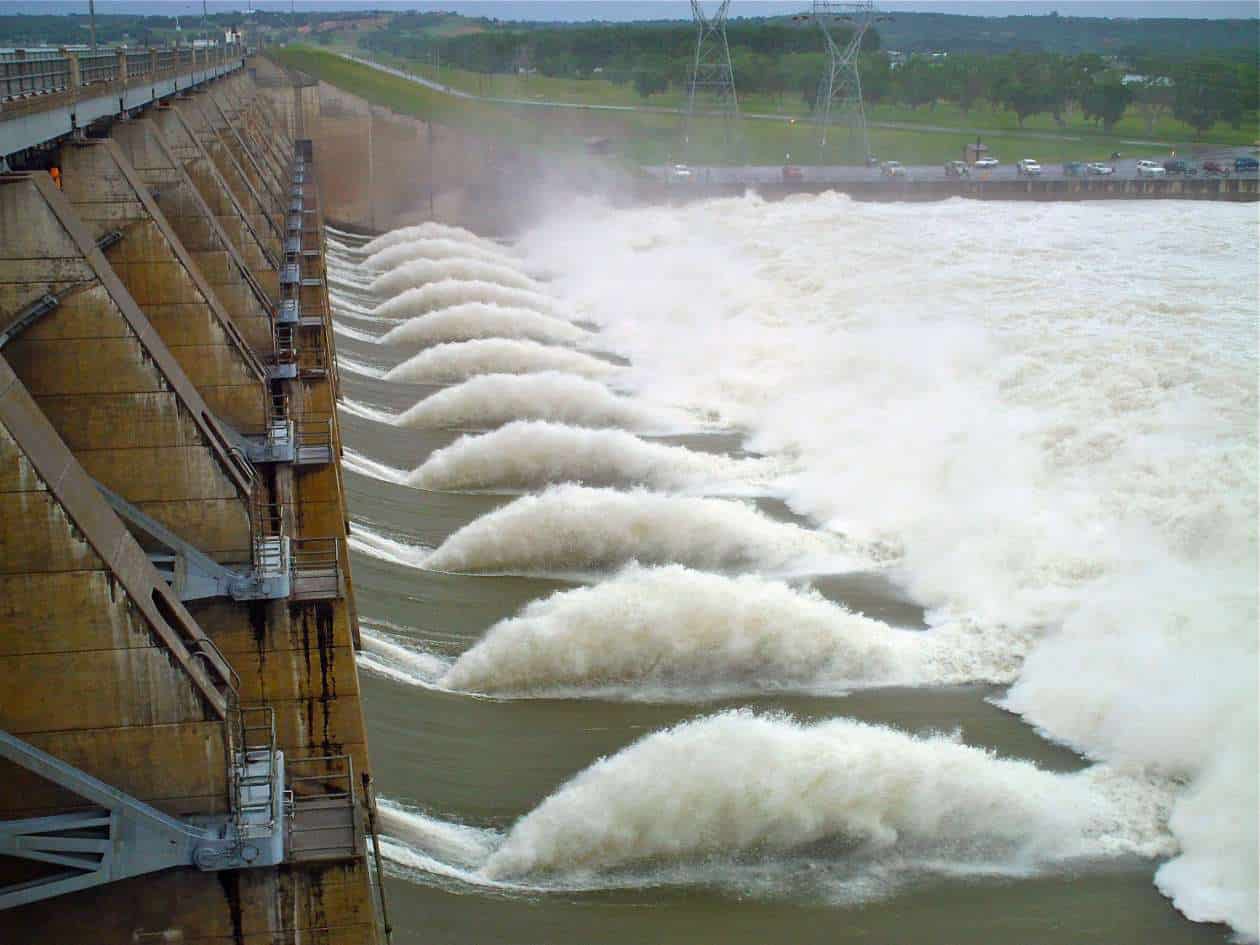We owe it to the victims of the 2011 Mississippi flood to learn the lessons of this not-so-natural disaster so we can do a better job protecting the nation’s river communities in the future.
In one sense, the Army Corps of Engineers’ system for managing the Mississippi River worked as intended because it prevented catastrophic flooding of Baton Rouge, New Orleans and most large population centers. At the same time, this system has given citizens a false sense of security and resulted in greater flood damage than would have occurred if people had respected the risk of flooding and if the river’s “natural defenses” had been utilized.
Like many other large U.S. river systems, the Mississippi has been so fundamentally altered that the modern waterway is essentially a man-made construct. Its morphology, hydrology, and flood dynamics have little resemblance to the river of 100-200 years ago. Much of its channel has been narrowed to half the natural width, and floodplains once tens of miles wide are now straight-jacketed by levees to a tenth the original width.
On these transformed rivers, the worst flooding now occurs where unwise planning, engineering, and political decisions have been made. Floods once many miles wide and a foot or two deep now tower two to three stories above the constricted floodplain. Levees and floodwalls create an appearance of safety and thus encourage construction of homes, businesses, and communities adjacent to the river, but each new levee added actually increases the long-term risk to people and property. And on some river reaches, past and present engineering activities have directly increased flood levels themselves.
On the Mississippi above Cairo, Ill., thousands of river “training” structures built to facilitate boat traffic have raised flood levels up to 15 feet. Over 40,000 feet of “wing dikes” and “bendway weirs” went into the river during the three years prior to the great flood of 1993 contributing to record crests that year and in 1995, 2008, and again in 2011.
Decisions by engineers and politicians to replace our natural defenses with levees, dikes and weirs are reversible. But this requires paying attention to science and acknowledging when past approaches no longer work. In the case of the river training structures, the Corps refuses to acknowledge elevated flood risk and continues to build new structures today.
The Obama administration now has a major opportunity to ensure that the Corps and other federal water agencies truly work to protect people and the environment. The administration will soon release guidelines for large river projects, known as the “Principles and Standards,” that could chart a new path forward. It is vital that the new guidelines require adherence to science and the use of natural defenses for flood protection. We must restore the Mississippi’s natural ability to absorb and convey flood waters. Fundamentally, this means we must let the river act more like a river by giving it room to flow and spread out when waters get high.
New federal projects should work to restore the floodplains of the Mississippi and the rivers that feed into it, and existing projects should be better managed to protect communities from floods. Federal, state and local leaders in river communities should help citizens better understand flood risks and should work collaboratively with them to develop strategies for voluntarily moving off the floodplains where appropriate. And while levees will remain an important tool, it must be recognized that none are infallible, and that all structural protection comes with inescapable “residual risk.”
Climate research tells us that we need to prepare for even greater volumes of floodwaters on the Mississippi in the future. Will we prepare for this future or will we consign Mississippi River communities to misery even greater than in 2011? There are policy successes elsewhere that we can learn from. When climate research predicted large increases in flood volumes in The Netherlands by the end of the 21st century, the nation responded with an aggressive policy of “Room for the Rivers,” investing heavily in giving rivers more room to convey flood flows and, in the process, restoring river and floodplain ecosystems.
It is time to learn the lessons from such successful experiments, as well as from the unnatural disaster that played out yet again this year on the Mississippi.
__
John Kostyack is vice president of wildlife conservation at the National Wildlife Federation. Nicholas Pinter is a professor of geology at Southern Illinois University.

